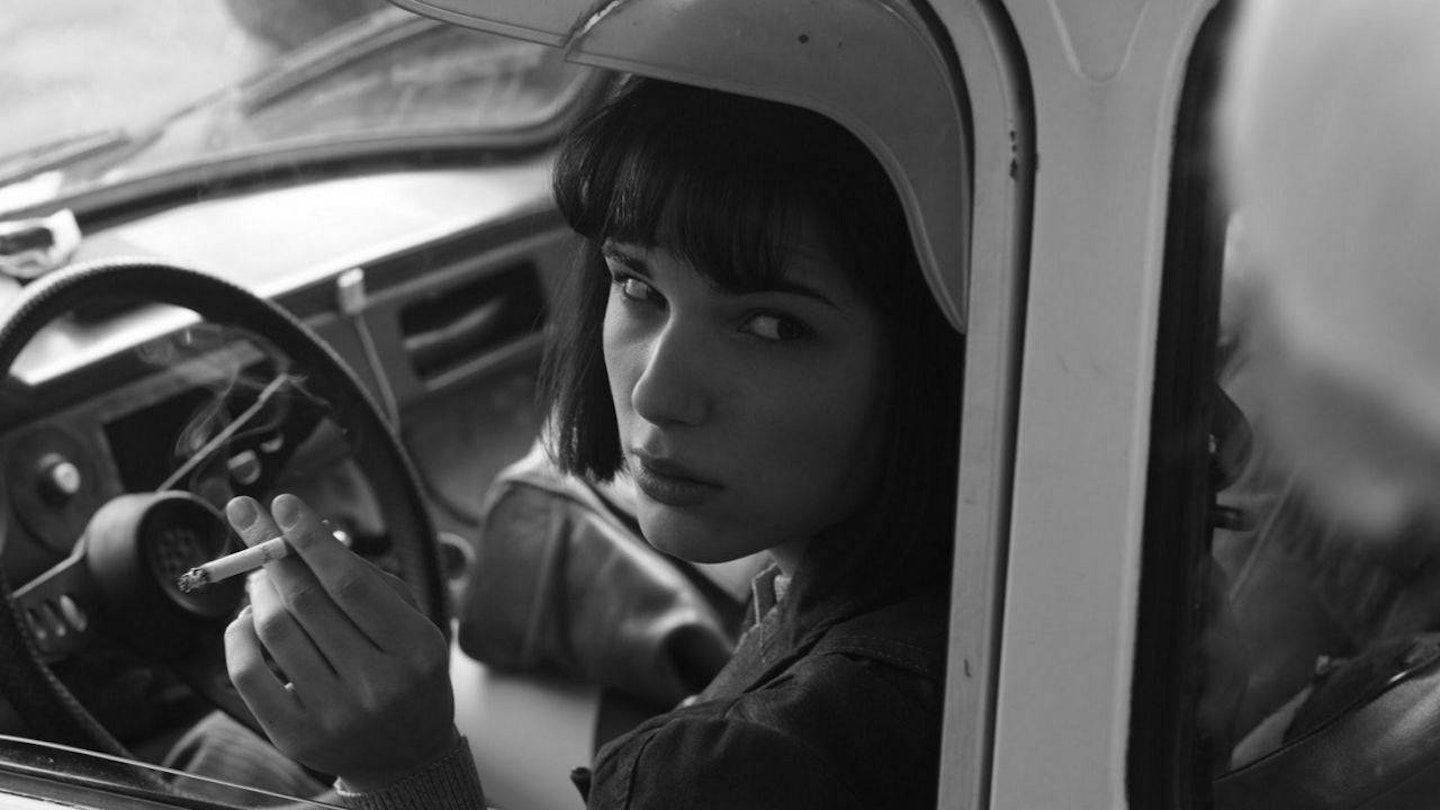
It's fitting that the debuting duo of Tomas Weinreb and Petr Kazda studied at the famous FAMU film school, as this austere study of the last woman to be executed in Czechoslovakia bears a marked visual and tonal resemblance to the pictures produced in the period of normalisation that followed the new wave launched in the 1960s by FAMU's most celebrated graduates. Devoid of colour and photographed by Adam Sikora with static deep-focused detachment, Alexander Kozák's production design chillingly recreates the sense of oppression and alienation that contributed to 22 year-old Olga Hepnarová's bid to warn her compatriots of the bestial nature of the Communist state and make them `pay for your laughter and my tears'.
Atmospheric and engrossing.
Basing their 'existentialist drama' on a book by Roman Cilek, the co-directors seek to eschew speculation and apportioning blame. Instead, they interlink cadenced vignettes to chronicle key events in Hepnarová's life to suggest how her possibly schizophrenic psyche might have been scarred by her father's abuse, her mother's indifference, the savage assaults she endured as a teenage asylum inmate after a failed suicide attempt and the isolation that enveloped her on being rejected by her first lesbian crush.
Cutting a forbidding figure with her bobbed hair, manly attire and unsmiling stare, Polish actress Michalina Olszanska occasionally leans on her standby mannerisms in conveying the introspective torment fuelled by the books of Kafka and Camus. But, while she avoids courting sympathy, Olszanska leaves an indelible impression, whether smoking sullenly, eagerly striving to please her lovers, skulking in her spartan hut or losing her simmering composure on the morning of her hanging in a harrowing climactic condemnation of capital punishment.
.jpg?ar=16%3A9&fit=crop&crop=top&auto=format&w=1440&q=80)